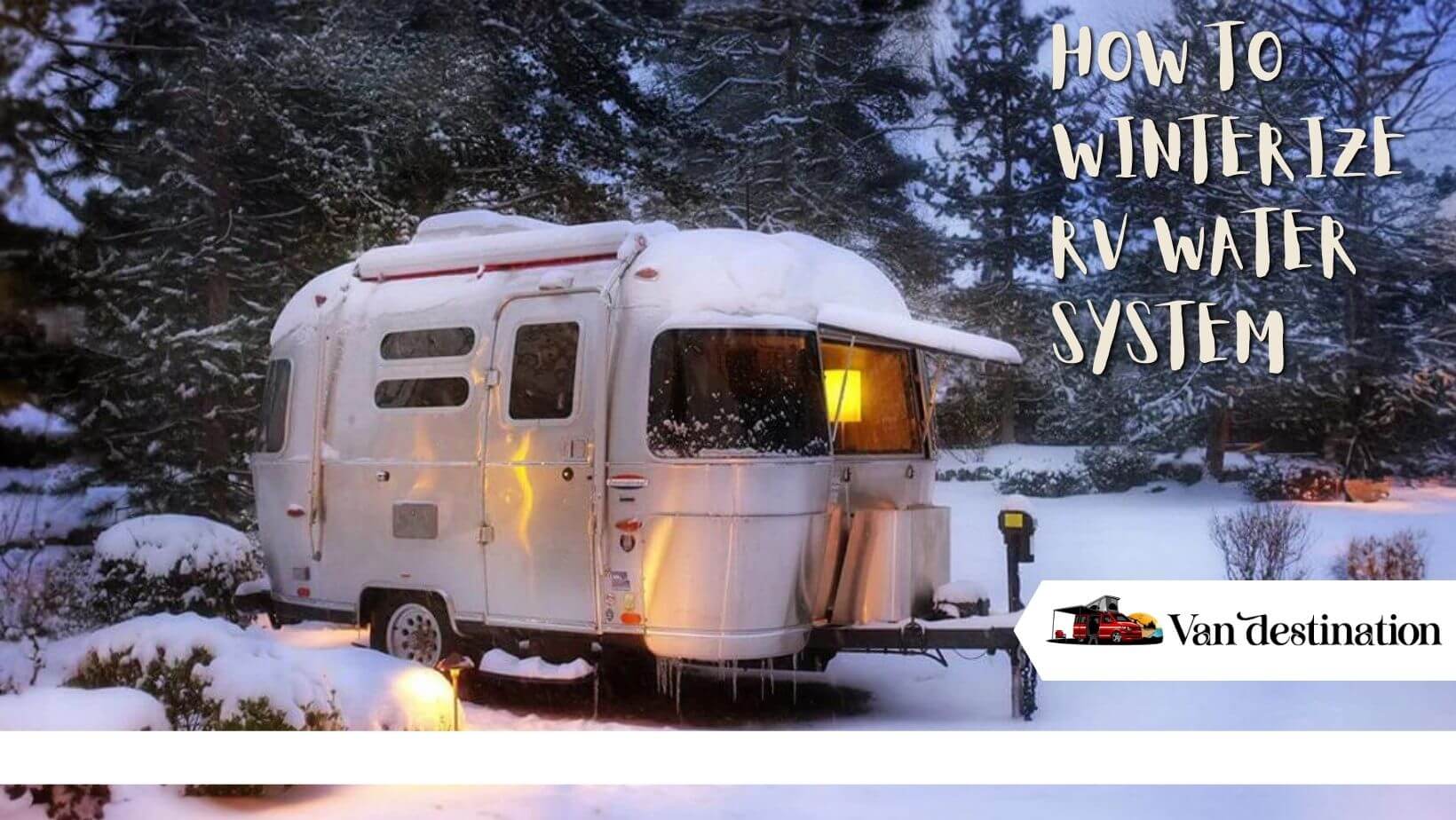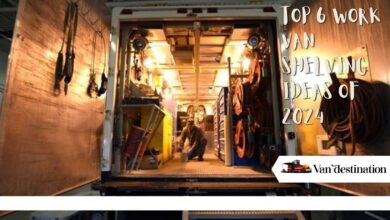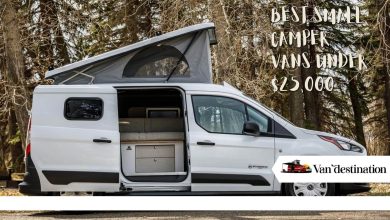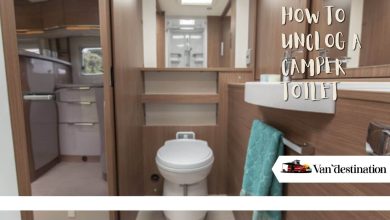How to Winterize RV Water System

As autumn hues fade into the serenity of snow-covered landscapes, RV enthusiasts gear up for a unique set of challenges that winter brings. Among them, winterizing your travel trailer’s water system is crucial to avoid costly damage and maintain its pristine condition. Protecting pipes, tanks, and fixtures from freezing temperatures is not just a precaution but a necessity to ensure your camper is ready to face the chill head-on.
Why Winterize Your RV Water System?
RVs are susceptible to freezing damage due to their plumbing systems lacking the insulation found in houses. Without proper winterization, frozen water can lead to cracked pipes, burst water heaters, and extensive repairs, not to mention the inconvenience of having no running water during your travels. A well-executed winterization process can prevent these issues, preserving your investment and ensuring your RV lasts for years.
When Is the Best Time to Winterize?
Balancing factors like avoiding freezing conditions and maximizing your camping season length is crucial. It’s recommended to start the winterization process in late fall, preferably by early to mid-fall in colder climates. Targeting mid-November for winterization, especially before the first frost, ensures your water system is adequately protected.
Read More: 110-Volt Tankless Water Heater for RV
Two Ways to Winterize Your RV
1. Winterizing with RV Antifreeze
The most comprehensive protection involves filling the drained plumbing system with non-toxic RV antifreeze. This displaces any remaining water, preventing ice expansion that can lead to cracks and splits.
Steps for Antifreeze Winterization:
- Fully drain the fresh water tank, hot water heater, and all lines.
- Pump RV-approved non-toxic antifreeze through the entire plumbing system, ensuring it fills every pipe.
- Siphon enough antifreeze to displace all water content, providing complete protection over winter.
2. Winterizing Without Antifreeze (Using Compressed Air)
For an eco-friendly alternative, use compressed air to expel water from the plumbing system. This method removes the need for antifreeze, making it a preferred choice for some RVers.
Steps for Antifreeze-Free Winterization:
- Bypass the water heater to prevent air from entering it, then empty the water heater tank.
- Turn on the water pump to remove any leftover water from the lines.
- Connect an air compressor to the camper’s water inlet with a pressure regulator (30-50 psi).
- Open faucets and fixtures one at a time, allowing compressed air to force out remaining water.
- Drain P-traps to ensure no water remains.
- Close all faucets, fixtures, and low point drains to complete the winterization.
The Tools You Need for Antifreeze-Free Winterization
Choosing to winterize without antifreeze using compressed air requires a few essential tools:
- Air Compressor
- Pressure Regulator: Controls air pressure supplied by the compressor.
- Blow-Out Adapter: Connects the air compressor to the camper’s plumbing system.
Is It Better to Winterize with Air or Antifreeze?
Choosing between air and antifreeze depends on personal preferences and priorities. Some reasons to opt for air include:
- Environmental Concerns: Minimizing chemical use for environmental friendliness.
- Cost Savings: Air compressors can be a cost-effective alternative.
- Taste and Odor: Avoiding potential taste or odor from antifreeze.
Kohree Winterize Sprinkler System Blowout Adapter
The Kohree Winterize Sprinkler System Blowout Adapter is a valuable tool for RV owners opting to winterize without antifreeze using compressed air. It ensures a secure connection between the air compressor and the camper’s plumbing system through the city water inlet, effectively removing water from the pipes and fixtures. With features like durable brass construction, wide adaptability, and a focus on health and environmental protection, this adapter streamlines the winterization process.
Key Features:
- Durable Brass Material: Constructed with lead-free, thick brass for maximum durability and resistance to rust and corrosion.
- Wide Adaptability: Features a flexible, high-pressure hose with a standard 1/4″ industrial interchange compressor fitting, compatible with most RV air lines.
- Health and Environmental Protection: Completely BPA-free, ensuring no harmful chemicals leach into the RV’s plumbing system.
- Multipurpose: Suitable for winterizing various applications, including campers, boats, garden hoses, and more.
Is Your RV Prepared for Winter?
Properly preparing your RV for winter is essential to protect its plumbing system from freezing temperatures. Whether you choose the traditional antifreeze method or the antifreeze-free approach with compressed air, meticulous attention to detail is key. By taking proactive measures, you can ensure your RV remains in top shape, ready for your next adventure, regardless of the season.
Conclusion
Winterizing your RV is a vital step in safeguarding your investment and ensuring worry-free travels year-round. As winter approaches, consider the method that aligns with your preferences, whether it’s antifreeze, compressed air, or a combination of both. With the right approach and tools, you can navigate winter with your RV, ready for the adventures that each season brings.
Read More: Winterize Camper With Air: Easy Steps & Guides!



